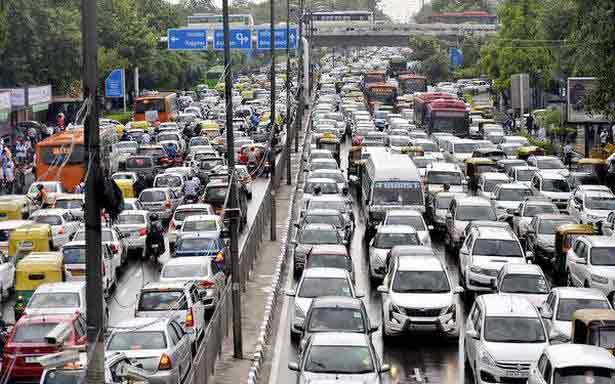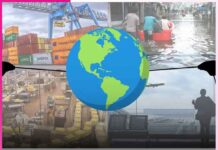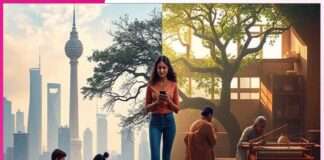Traffic Travel in Indian Cities
The most unpleasant thing to do is to sit through traffic. Some cities have so much worse traffic scenario than others. According to Tom Tom traffic index report,being stuck in traffic jams in Mumbai, Bangalore or Delhi makes you stuck in the top ten most choked roads of the world. The index provides information on the level of traffic congestion in 400 cities in the world for a decade. It makes use of real-time traffic data, and it is collaborated by Amsterdam-based location technology known as Tom Tom International which makes use of data from 600 million devices for calculation, for instance, how much more time a driver would spend in peak hour traffic of Mumbai.
In the last few years, Delhi, Bangalore, and Mumbai are ranking among the top ten most congested cities in the whole world in the Tom Tom report. The pandemic Covid-19 eased the gridlock temporarily. Eighty percent of the surveyed cities experienced a 21 percent decline in the overall congestion. Only 13 towns experienced an increase in their traffic jams.

The road network of India has expanded about 30 percent in the last 10 years; on the other hand, vehicle registration has experienced a rise by three times.
It is widely asserted that congestion signifies a huge problem of misplaced priorities in the case of urban mobility and planning. Growth in the ownership of private vehicles has surpassed the growth rate of population rate in almost all cities. Cities continue to support it by building flyovers and urban highways. The cities must invest in better quality of public transport and cycling and walking infrastructure and encourage people to use these modes.
It has been asserted repeatedly in numerical, text, and viral animated graphics that a single bus with adequate capacity can decrease at least 40 cars from the street. A single metro can reduce at least 30 buses from the roads. This can make more people reach their destinations in lesser time. Still, buses are the least used mode of public transport by people in any city of the country. This has resulted in the decline of bus ridership in the country by 20 percent, whereas the traffic keeps on taking a social, economic, and environmental toll.
According to the Tom Tom report of 2019, it is revealed that an average Delhite wastes equivalent of 7 days and 22 hours every year stuck in traffic jams, whereas an average Mumbaikar wastes equivalent of 8 days and 22 hours.
Congestion is environmentally hazardous, economically regressive, and psychologically traumatic, so steps must be taken to prevent it. The cause of congestion in particular cities can vary. The factors behind congestion are population density. Mumbai will become the densest city on the globe with about 30, 000 people per square kilometer. Other large and metropolitan cities of India are also massively thick in contrast to international standards, and their density is increasing rapidly. This is leading to the prioritization of amenities such as shopping, housing, schools, entertainment, and hospitals.
This results in depletion of open spaces and increases the difficulty to find space for parking the vehicles thereby enhancing road pressure. Another major factor is the lack of inappropriate mixed land use planning. An appropriate, well-considered, and proper hybrid land-use planning needs adequate housing for socio-economic groups, hospitals, schools, shopping for daily need products, commercial establishments, offices planned in small, properly divided city areas. This will encourage cycle trips and pedestrians and decrease the requirement of individual vehicles because distances to the needed destinations would be at cycling or walking distance.
Cities should lay more stress on efficient and effective public transport and must encourage a shift towards non-motorized transportation such as cycling and walking for short trips. This should be made more accessible, comfortable, and safer by constructing well protected bicycle lanes and comfortable footpaths. The authoritiescan also take recourse to disincentives the usage of private transport by different methods such as congestion pricing.














































